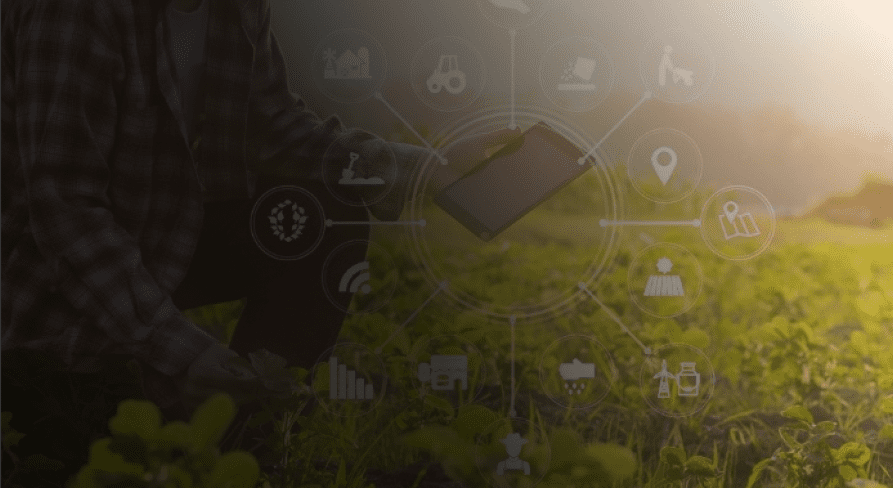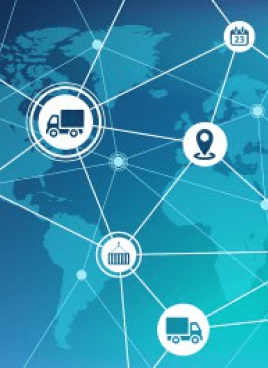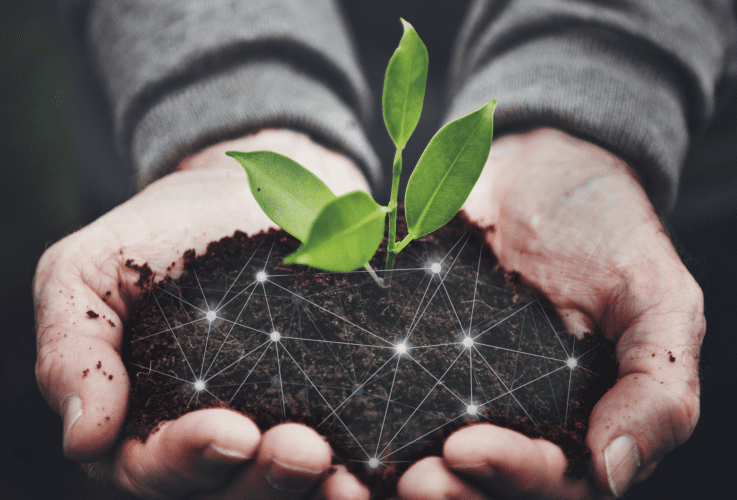

By using virtual reality simulations to test different planting and harvesting strategies, farmers may be able to improve crop yields and increase their profits.
Virtual simulations of agricultural operations can help farmers identify inefficiencies in their operations and make adjustments to improve efficiency.
Metaverse platforms can help farmers to make more precise decisions by providing real-time data on weather, soil conditions, and crop growth.
Using metaverse technology to train new farmers or to conduct research and development can reduce costs compared to traditional on-site training or field testing.
Virtual Reality education can help farmers, students and researchers to have access to latest techniques and best practices in agriculture and to have better understanding on the different aspects of farming.
Metaverse offers a wide range of benefits that can help farmers address the various challenges they face. Metaverse technology can be used to simulate different planting and harvesting strategies, allowing farmers to optimize crop yields and increase their profits. This is especially important as climate change is affecting crop yields and making farming more challenging. By providing real-time data on weather, soil conditions, and crop growth, metaverse technology can help farmers make more informed decisions, such as when to plant and harvest crops, which can improve the efficiency of their operations. Urbanization has led to a decline in the number of farmers, and has also made it more difficult for farmers to access land for farming. By using metaverse technology, farmers can farm virtual plots of land, which can be used to grow crops without the need for physical land. With the global population projected to reach almost 10 billion people by 2050, the demand for food is increasing. Metaverse technology can help farmers improve crop yields and increase the efficiency of their operations, thus allowing them to meet this growing demand.
One of the main drivers of growth in metaverse agriculture has been the increasing use of technology in the agricultural industry. Many farmers are now using precision agriculture techniques, such as sensors, drones, and precision planting equipment, to improve crop yields and increase efficiency. This has laid the foundation for the integration of metaverse technology into agriculture. Another driver of growth in metaverse agriculture is the growing interest in virtual and augmented reality technology. This technology is becoming more accessible and less expensive, making it more feasible for farmers to use. It might take some time before it is widely adopted by farmers and other stakeholders in the agricultural industry. It is dependent on how quickly the technology advances and how well it is able to integrate with current agricultural systems and practices.
Number of Farms Powered by Agriculture Metaverse: According to the latest data, there were over 1,000 farms powered by Agriculture Metaverse as of December 2020.
Number of Crops Grown using Agriculture Metaverse: Over 500 different types of crops have been grown using Agriculture Metaverse, ranging from fruits and vegetables to grains and flowers.
Number of Farmers Using Agriculture Metaverse: Over 10,000 farmers have adopted Agriculture Metaverse in their farming practices, with the majority being small-scale farmers.
Average Yield Increase by Farmers Using Agriculture Metaverse: On average, farmers who have adopted Agriculture Metaverse have seen their yields increase by up to 25%.
Total Investment in Agriculture Metaverse: In total, more than $100 million has been invested in the development and growth of Agriculture Metaverse.







Metaverse is a decentralized virtual reality platform that can be used to create and run virtual worlds and applications.It's not a specific solution to agriculture but can be utilized to implement and create a variety of solutions to Agriculture.
Here are a few examples of how Metapp Factory could help to improve Agriculture:
Farmers can use virtual reality to simulate different crop growing conditions, allowing them to test and develop new growing techniques without the cost and risk of experimenting in the real world.
Metaverse can be used to create a decentralized network of IoT-enabled farming equipment and sensors, allowing farmers to collect and analyse data in real-time to improve crop yields.
Metaverse can be used to create virtual marketplaces for crop insurance and weather derivatives, which can allow farmers to hedge against weather-related risks.
Farmers can sell their agricultural products directly to consumers via a virtual marketplace, cutting out intermediaries and increasing profits.
Virtual reality can be used to create 3D maps of fields, allowing farmers to precisely plan crop planting and management, increasing yields and reducing inputs
Metaverse can be used to monitor the welfare and productivity of livestock, helping farmers to increase efficiency, improve the animal's welfare, and reduce environmental impacts.
These are just a few examples of how Metaverse can be used to improve agriculture, it can have more applications that are tailored to the specific needs of the industry.

Businesses can research distinctive dining options that can be paid for with digital tokens or NFTs.

Similar to loyalty programs, restaurants may offer virtual locations where customers can walk in and place orders or reserve tables online, which will later be fulfilled in the physical world.

Food and beverage companies can also give customers tours of their facilities, such as vineyard or brewery excursions, to give them an inside look. Additionally, they may provide opportunities for customers to make purchases while on these virtual excursions.
Virtual reality technology can be used to create realistic simulations of various crop growing conditions, such as different climates, soil types, and weather patterns. This allows farmers to test and develop new growing techniques in a controlled virtual environment before implementing them in the real world. This can save time and money while minimizing the risk of crop failure.
Smart farming technology, such as IoT-enabled equipment and sensors, can be used to collect and analyse data on crop growth and soil conditions in real-time. This information can be used to optimize planting and harvesting schedules, as well as adjust irrigation and fertilization levels, which can lead to higher crop yields.
Virtual marketplaces for crop insurance and weather derivatives can help farmers hedge against weather-related risks by allowing them to purchase insurance or derivatives contracts to protect against losses from natural disasters. This can provide a safety net for farmers who would otherwise be vulnerable to the financial impact of weather-related crop failures.
Precision agriculture uses 3D mapping and other technologies to create detailed maps of fields, allowing farmers to plan crop planting and management with a high degree of accuracy. This can increase yields and reduce the need for inputs such as water and fertilizer, which can save farmers money while improving the efficiency of their operations.
Metaverse can be used to create virtual monitoring systems for livestock, using cameras, sensors, and other technologies to track the movement, behaviour, and health of animals. This can help farmers to identify and address issues such as disease or injury, improving the welfare of the animals and increasing their productivity, also by knowing the exact location and welfare of the animal, it can be used to plan and optimize logistics, such as movement and transportation